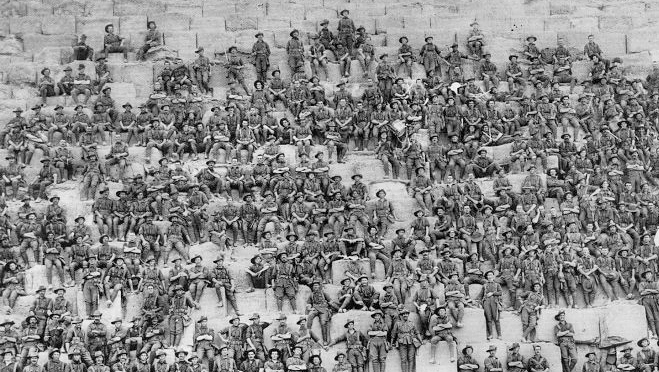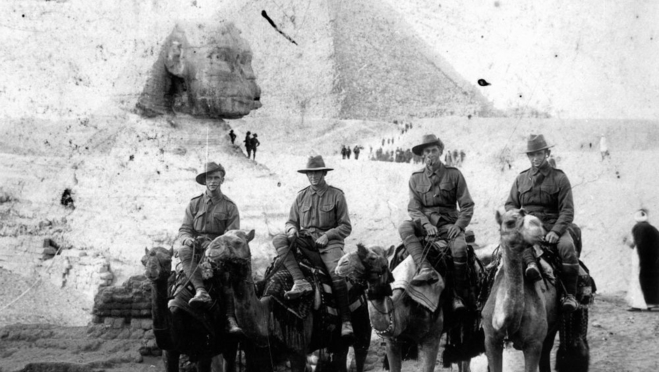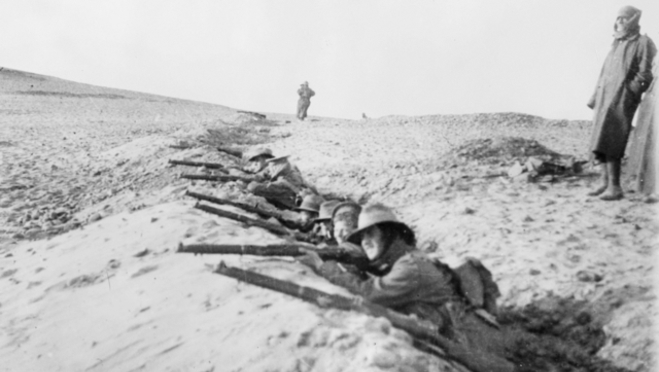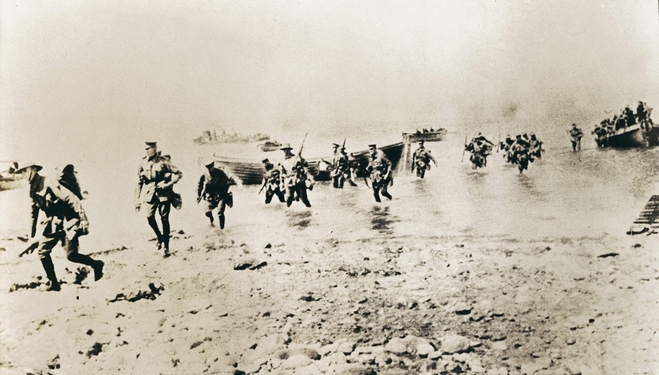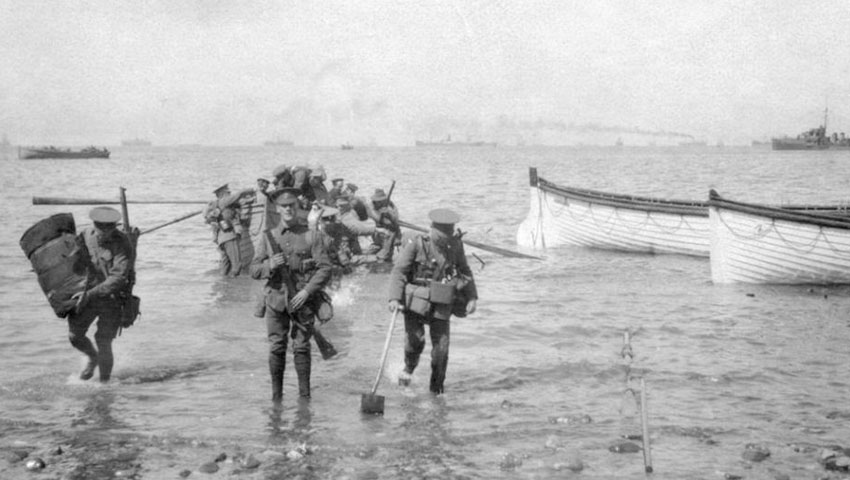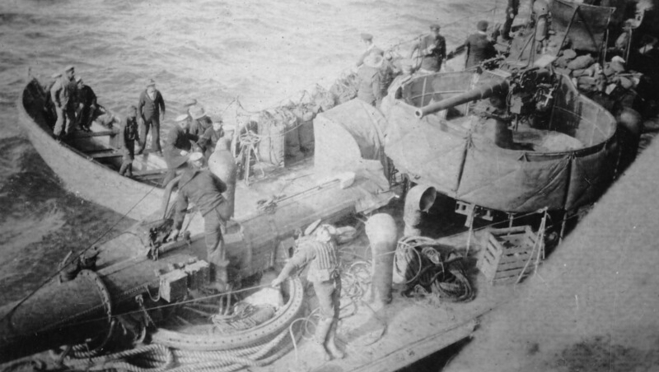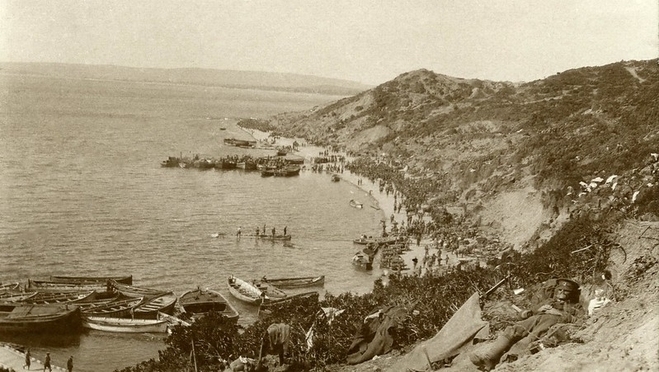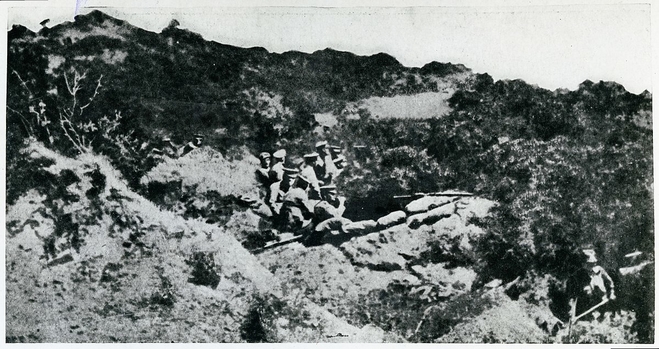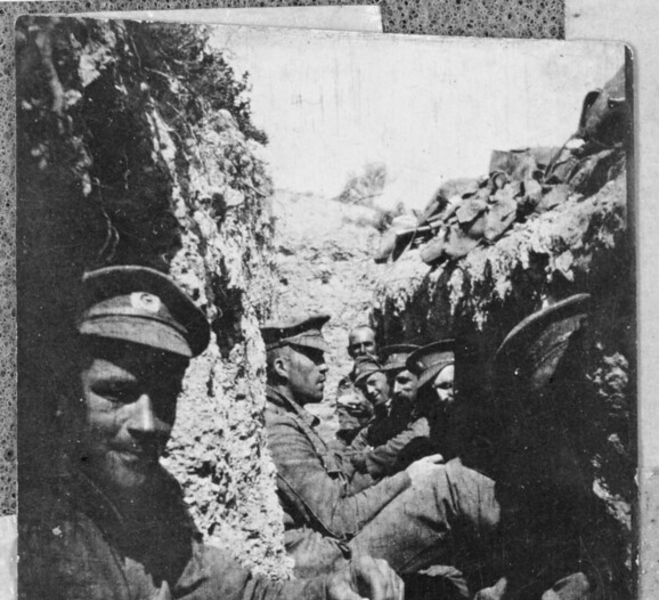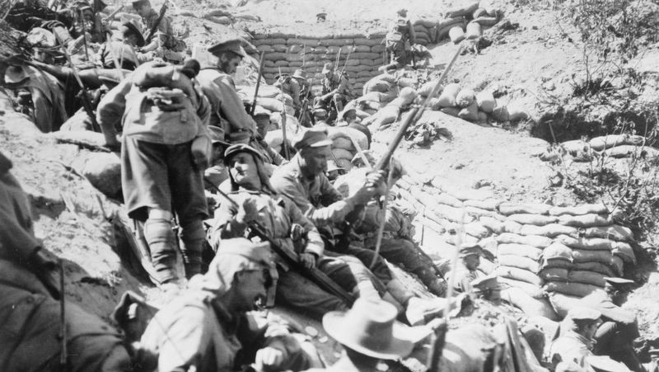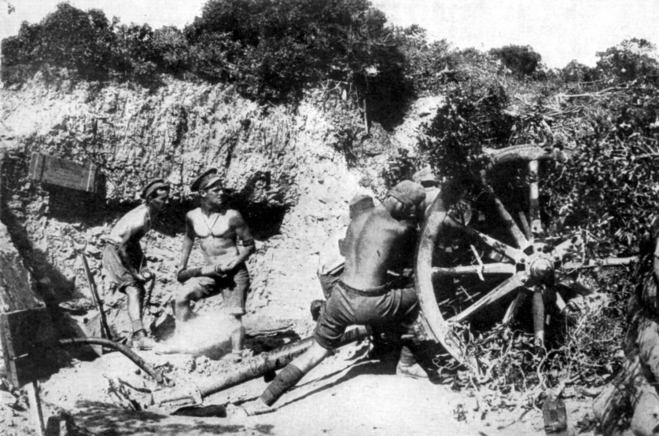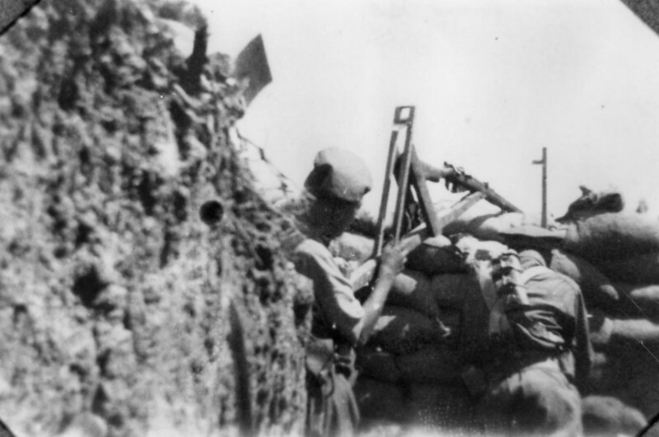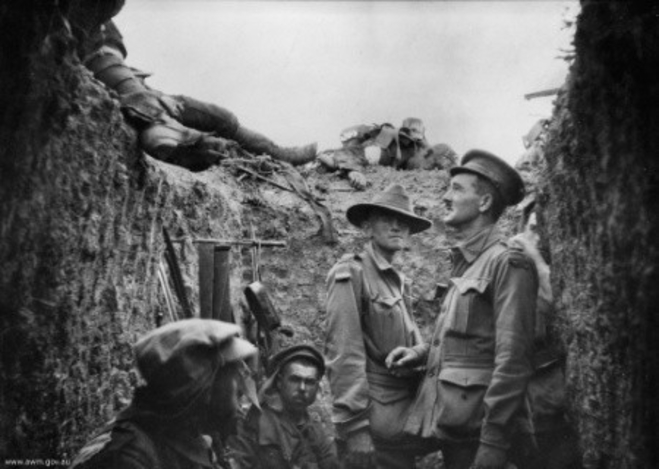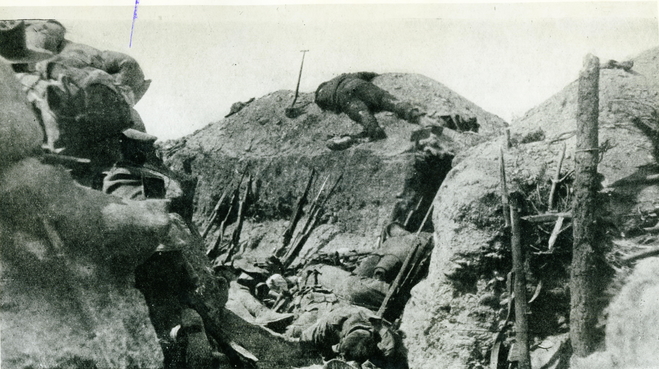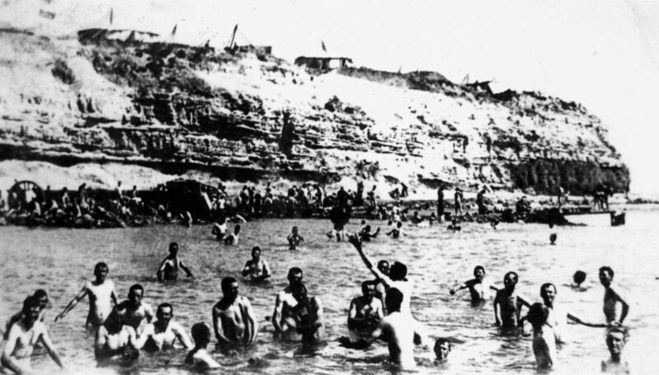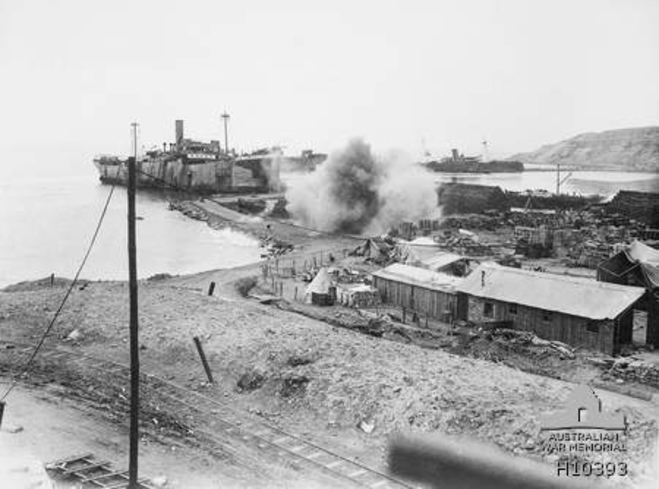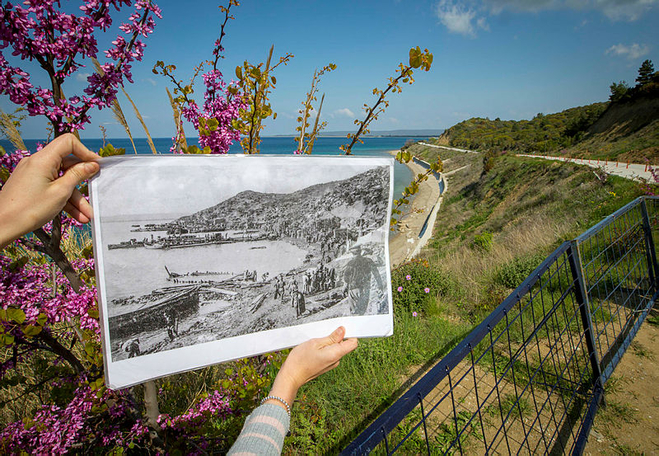image-1 = images/gallipoli-4.jpg
title-1 = Anzac's in Egypt
description-1 = Group portrait of the Australian 11th (Western Australia) Battalion, 3rd Infantry Brigade, Australian Imperial Force posing on the Great Pyramid of Giza on 10 January 1915, prior to the landing at Gallipoli. The 11th Battalion did much of their war training in Egypt and would be among the first to land at Anzac Cove on 25 April 1915. In the five days following the landing, the battalion suffered 378 casualties, over one-third of its strength.
Source (AWM ID Number: P05717.001)
status-1 = 1
image-2 = images/Webpnet-resizeimage.jpg
title-2 = Anzac's pose in front of The Sphinx and Pyramids
description-2 = The Australian Imperial Force trained in Egypt for four months.
Privates from the 9th Battalion enjoying a camel ride near the Pyramids, Egypt
Image (State Library of Queensland: hdl.handle.net/10462/deriv/108247)
status-2 = 1
image-3 = images/galipoli_6.jpg
title-3 = Training in Egypt
description-3 = Soldiers from the Australian Imperial Force's 1st Battalion practising musketry from a trench near Mena in Egypt during March 1915.
Image (AWM: ID Number: C01989)
status-3 = 1
image-4 = images/gallipoli-3.jpg
title-4 = Artists painting of the Anzac Cove landing
description-4 = On 25 April 1915, 16,000 Australians and New Zealanders, together with British, French and Indian troops, landed on the Gallipoli peninsula.
Turkish resistance was fierce. By mid-morning, Turkish reinforcements had arrived under the command of Lieutenant Colonel Mustafa Kemal.
Image (NZHistory: www.nzhistory.net.nz/landing-of-nz-troops-at-gallipoli-tu)
status-4 = 1
image-5 = images/Galipoli7.jpg
title-5 = New Zealand troops Landing at Anzac cove
description-5 = A historic photograph of the actual landing taken by Joseph (Joe) Bell McBride of the first New Zealand troops to set foot on Gallipoli. Some of the Auckland Battalion wading to the shore on 25 April. The photograph forms a permanent and historic record of the actual first landing of New Zealanders on the shores of Gallipoli.
(Source: http://www.gallipolilanding.nz/)
status-5 = 1
image-6 = images/Gallipoli-Landing-dc.jpg
title-6 = Gallipoli landing
description-6 = Australian Troops landing at Gallipoli.
status-6 = 1
image-7 = images/gallipoli8.jpg
title-7 = Anzac Cove landing
description-7 = View of the deck of a destroyer waiting to land New Zealand troops at Anzac Cove, Gallipoli in 1915.
Photographic Archive, Alexander Turnbull Library
status-7 = 1
image-8 = images/gallipoli_9.jpg
title-8 = Anzac Landing
description-8 = Landing troops at Gaba Tepe, Gallipoli (Anzac Cove) 25 April 1915.
In the evening, Major-General William Bridges, Commander of the 1st Australian Division, and Lieutenant-General Sir William Birdwood, Commander of Anzac, both advised General Sir Ian Hamilton, Commander-in-Chief, to withdraw the Allies from Gallipoli.
(Source: Archives New Zealand reference: AEGA 18982 PC4 Box 67 1587/1915
www.archway.archives.govt.nz/ViewFullItem.do?code=18288348)
status-8 = 1
image-9 = images/galipoli-10.jpg
title-9 = Early trenches
description-9 = Hamilton decided against their recommendation. He ordered the troops to begin digging trenches. The Anzacs held on for the crucial first night. Of the 16,000 men who landed during the first day, more than 2,000 had been killed or injured by the next morning.
Image: Some of the earliest trenches at Anzac during the fighting at the landing (possibly Wire Gully).
Archives Reference: AAME W5603 Box 118/ 11/17/22 archway.archives.govt.nz/ViewFullItem.do?code=20939673
Material from Archives New Zealand
status-9 = 1
image-10 = images/gallipoli-11.jpg
title-10 = Trenches
description-10 = Soldiers in a trench, Gallipoli, 1915. Trenches were often cramped and full of rats and lice adding to the hardships faced by Anzac soldiers.
(Source: Reference Number: 1/2-103903-F Photographic Archive, Alexander Turnbull Library)
status-10 = 1
image-11 = images/gallipolli-12_1.jpg
title-11 = Anzacs
description-11 = Support troops from the 4th Australian Infantry Brigade wait behind Quinn's Post, Gallipoli, May 1915.
(Source: IPW HU 50622)
status-11 = 1
image-12 = images/gallipoli13_1.jpg
title-12 = Australian gunners
description-12 = Australian gunners of the 9th Field Battery operating the Number 4 18-pounder field gun at M'Cay's Hill, 19 May 1915, during the Battle of Gallipoli. 9th Field Battery were in 3rd Field Artillery Brigade, 1st Division.
(Source: Australian War Memorial ID Number: A00830)
status-12 = 1
image-13 = images/gallipoli_14.jpg
title-13 = Periscope rifle
description-13 = Soldier poised with his rifle at Quinns Post, Gallipoli, 1915. The periscope rifle used mirrors to allow a rifleman to aim a rifle above the trenchline while remaining safely under cover from enemy fire.
(Source: State Library of Queensland: hdl.handle.net/10462/deriv/9373)
status-13 = 1
image-14 = images/lone-pine-1.jpg
title-14 = August offensive
description-14 = By the end of July, the Allies began looking at alternative strategies to break the deadlock on the peninsula. Lieutenant-General Birdwood, the Anzac Commander, formulated a plan to break through the Turkish lines at Anzac and seize the heights of the Sari Bair range. Lieutenant-General Hamilton had given up on breaking out at Helles and seized upon Birdwood’s idea. He expanded the plan to include landing two British divisions behind the Turkish front line at Suvla Bay, eight kilometres north of Anzac Cove, intended to occur simultaneously with attacks from the Anzac sector and a diversionary attack from Cape Helles.
(Source: Australian War Memorial ID Number: A02025)
status-14 = 1
image-15 = images/lone-pine-2.jpg
title-15 = Lone Pine
description-15 = The August offensive opened on 6 August 1915 with an Australian attack on Lone Pine, at the southern end of the Anzac sector at Gallipoli. Four days of savage fighting secured the area for the Australians but at a heavy price. Of the Australian force that launched the attack at Lone Pine, almost half became casualties. Australian losses during the battle amounted to 2,277 men killed or wounded, out of the total 4,600 men committed to the fighting over the course of the battle. These figures represent some of the highest casualties of the campaign. Turkish casualties were estimated to be somewhere between 5,000-7,000.
status-15 = 1
image-16 = images/turkish_trenches_at_gallipoli-.jpg
title-16 = Turkish trenches
description-16 = Turkish trenches held better defensive positions located on higher ground and were prepared before the landings meaning they were already well fortified allowing them to defend positions despite heavy losses.
status-16 = 1
image-17 = images/gallipoli_15.jpg
title-17 = Anzacs swimming
description-17 = Anzac soldiers enjoy a swim after returning from the trenches of the Dardanelles.
After spending time in the trenches, soldiers still found time to attempt to relax during the hard times.
(Source: State Library of Queensland: hdl.handle.net/10462/deriv/108866)
status-17 = 1
image-18 = images/simpson_donkey.jpg
title-18 = Simpson and his donkey
description-18 = Private John Simpson Kirkpatrick (centre) with his donkey "Duffy" carrying a soldier wounded in the leg during the Battle of Gallipoli.
Simpson became famous for his work as a stretcher-bearer. Using one of the donkeys brought in for carrying water, he transported wounded men day and night from the fighting in Monash Valley to the beach on Anzac Cove. He did so, according to Charles Bean, through "deadly sniping down the valley and the most furious shrapnel fire". He was killed by machine-gun fire while carrying two wounded men and was buried on the beach at Hell Spit.
(Source: AWM J06392)
status-18 = 1
image-19 = images/gallipoli-evac.jpg
title-19 = Evacuation
description-19 = A shell bursting near the SS River Clyde at Cape Helles during the evacuation from the tip of Gallipoli Peninsula.
In November 1915, the decision was made to evacuate the Allied troops from Gallipoli. By 20 December 1915, a little over a month later, the last of the Anzac troops had been evacuated from Anzac and Suvla. The men who had survived Gallipoli would go on to celebrate Christmas on Lemnos, but the celebrations would be tinged with the sadness of leaving behind thousands of fallen comrades at Gallipoli, which had become their final resting place.
(Source: AWM ID Number: H10393)
status-19 = 1
image-20 = images/gallipoli-today.jpg
title-20 = Gallipoli today
description-20 = Thousands of Australians now make the pilgrimage to modern day Turkey to follow in the footsteps of the Anzacs to pay their respects and to acknowledge the significance of their sacrifice to the building of Australia and its national spirit.
(Source: POIS Andrew Dakin Defence Imagery)
status-20 = 1
Photo Essay: Remembering Gallipoli And The Spirit Of Anzac
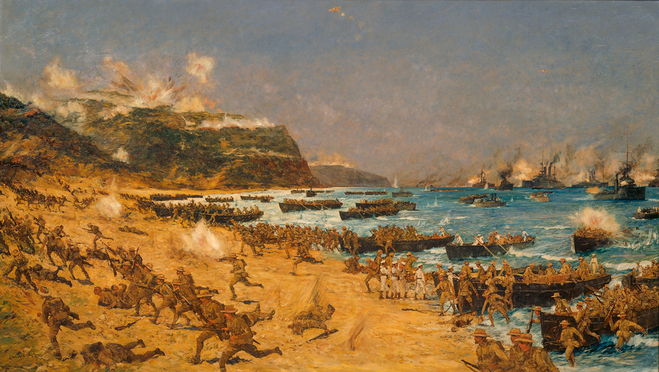
Click to launch gallery
Scroll to read and see more
The Australians landed at what became known as Anzac Cove on 25 April 1915, and they established a tenuous foothold on the steep slopes above the beach. The Gallipoli campaign would become the birthplace of a national psyche that prides itself on perseverance in the face of all odds, and most of all mateship. The spirit of the Anzac’s will never be forgotten.
The Australians landed at what became known as Anzac Cove on 25 April 1915, and they established a tenuous foothold on the steep slopes above the beach. The Gallipoli campaign would become the birthplace of a national psyche that prides itself on perseverance in the face of all odds, and most of all mateship. The spirit of the Anzac’s will never be forgotten.
You’re out of free articles for this month
To continue reading the rest of this article, please log in.
Create free account to get unlimited news articles and more!
The Australian involvement in the Gallipoli campaign in World War I began with the deployment of the Australian Imperial Force to Egypt where they were to assist in protecting British interests in the Middle East, such as the Suez Canal, against the Ottoman Empire.
The Australian and New Zealand forces spent around four months training in Cairo before departing by ship to the Gallipoli Peninsula with the aim of assisting a British naval operation to force open the Dardanelles strait and capture the capital Constantinople, knocking the Ottoman Empire out of the war and creating a supply route through to allies in Russia.
During the early days of the campaign, the allies tried to break through the Turkish lines and the Turks tried to drive the Allied troops off the peninsula. Concerted but unsuccessful Allied attempts to break through in August included the Australian attacks at Lone Pine and the Nek. All attempts ended in failure for both sides, and the ensuing stalemate continued for the remainder of 1915.
The unsuccessful campaign ended in a successful evacuation of the allied troops on 19-20 December under the cover of a deception operation distracting from the withdrawal of troops from the Peninsula. This allowed the Anzac forces to escape with minimal losses during the retreat.
The whole Gallipoli operation, however, cost 26,111 Australian casualties, including 8,141 deaths. Despite this, it has been said that Gallipoli had no influence on the course of the war.
What it did do, however, is show that Australia and New Zealand were prepared to fight for what they believed in and their loyalty to the British and Allied cause. It showed that the Anzac's were willing to do whatever it took for their country in the face of stacked odds and do so displaying larrikinism, loyalty and mateship. This created a standard and pride that Australia holds itself to now and long into the future.

 Login
Login



